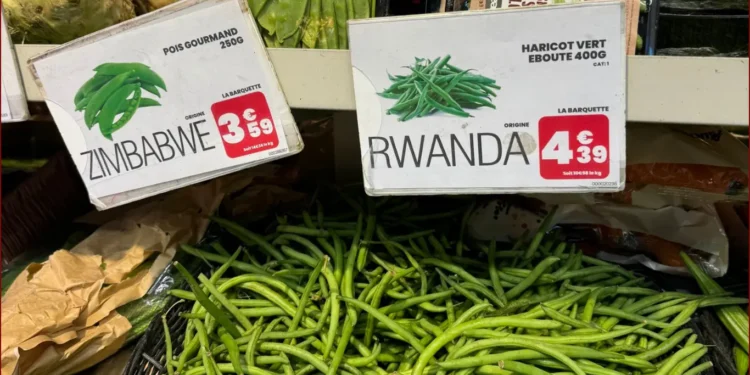- Egypt has the lowest cost of groceries in Africa as early 2025
- Combined factors such as an emphasis on local production, government policies, inflation, and currency stability contribute to a lower cost of living.
- The Grocery Index 2025 is the courtesy of NUMBEO.
Africa has a diversified economy with varying costs of living, largely influenced by food and supply production. These countries have some of the lowest costs of groceries in the world, leading to an affordable cost of living.
However, the continent’s production, majorly agricultural-dominated, is little, making it difficult to beat the market and consumption demand at the same time.
The continent is home to some of the most affordable places to buy groceries, offering budget-friendly options for both residents and expatriates.
Affordability in these countries is influenced by several factors, including a strong emphasis on local agricultural production leading to a steady supply of locally grown food, minimizing the need for imports, thus keeping prices relatively low.
Some African countries have the most expensive groceries, despite the existing arable land and favorable climates that can support large-scale farming, but little emphasis is put on making the cost of living quite higher due to overreliance on imports.
For instance, countries such as Uganda, Rwanda, and Tanzania have fertile land and favorable climates, boosted by irrigation mechanisms to increase food production for local consumption and exports.
Egypt, for instance, has defied its desert landscape by utilizing the Nile water and investing in modern farming and irrigation techniques, making it the leading country in Africa with the cheapest groceries.
Egypt’s agricultural export hit a record $10.6, a 17% increase compared to the previous year, Minister of Agriculture and Land Reclamation Alaa Farouk revealed on February 2, 2025.
Egypt has also invested heavily in desert farming technologies, such as hydroponics and drip irrigation, allowing for large-scale production of grains and vegetables, thus reducing reliance on expensive food imports and keeping grocery costs lower than expected for a desert nation.
Other key factors influencing grocery prices are government subsidies and pricing policies, currency strength and inflation rates, efficient transportation and distribution networks, lower labor and operational costs, trade agreements, and regional cooperation.
Well-developed infrastructure. Including reliable transport networks, storage facilities, and supply chains is key in keeping food costs down. For instance, South Africa and Botswana have a reliable infrastructure, reducing transportation costs and food spoilage.
Countries such as Uganda and Madagascar have relatively lower labor costs as much of their population is engaged in agricultural production and other informal sectors. This makes groceries cheaper in these countries since food production and retail expenses are minimized.
According to NUMBEO’S Groceries Index (early 2025), Egypt, Madagascar, Libya, Rwanda, and Morocco are some of the countries with the lowest grocery costs.







